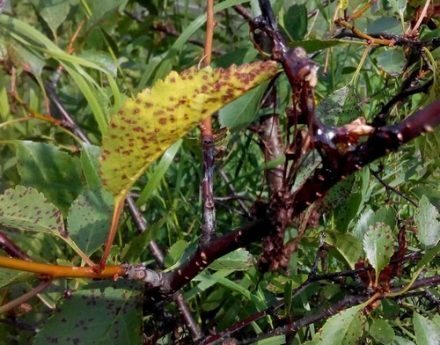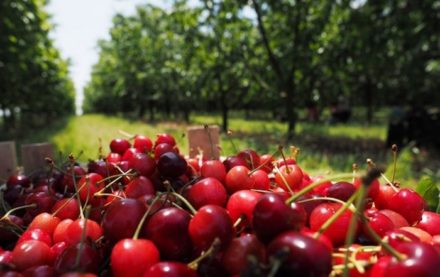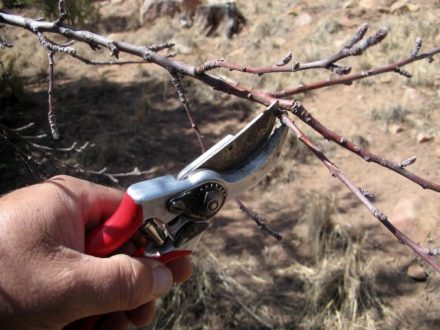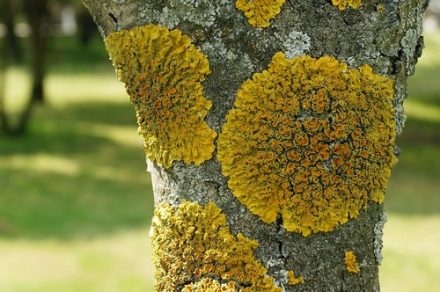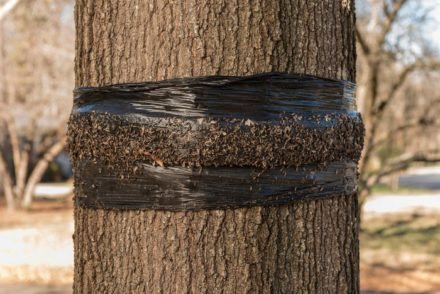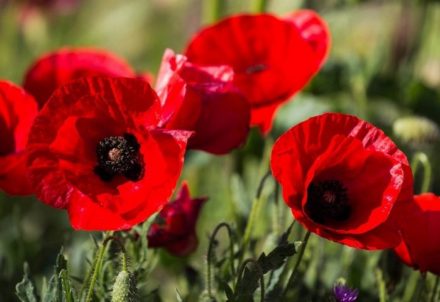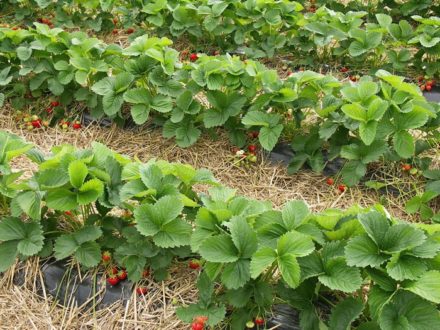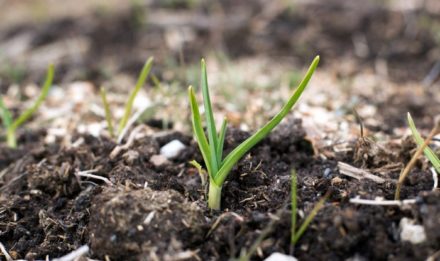Many modern summer residents prefer to plant exotic plants and shrubs on their plots. One of our favorite crops is sakura or, as it is popularly called, Japanese cherry. This is an oriental beauty that grows up to 3 meters in height and delights with delicate blooms in late spring. But in order for the shrub to grow fully and healthy, you need to know the basic rules for growing it. Let's talk about how to grow sakura in the middle zone, taking into account climatic conditions.
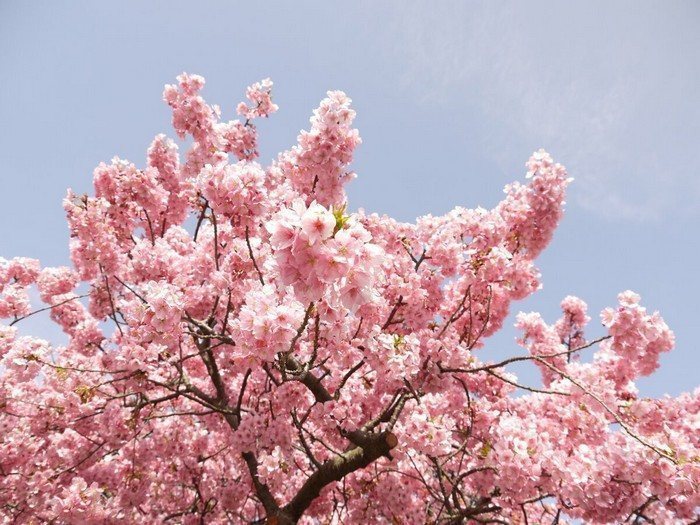
When to plant and how to choose seedlings
Sakura grows in mild climates. But if we are talking about frost-resistant varieties, then they can be grown in the Moscow region and the Urals. Annual seedlings about 75 cm high and with a developed root system are best suited.
Sakura should be purchased at the end of November after it has shed its leaves. Before spring, the shrub should be planted in a spacious container or placed in a cellar, covering the root system with soil. It can be planted in open ground at the very beginning of June. Over the summer and autumn, it will get stronger and adapt to new conditions, which will allow the seedling to face the frosts in full readiness.
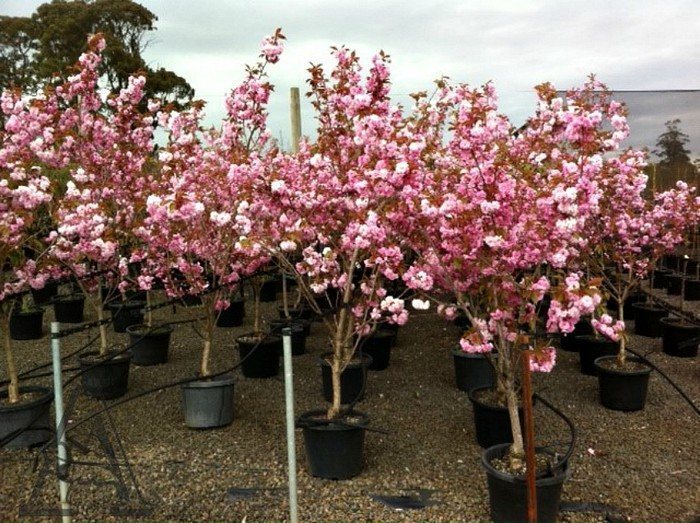
Selection of location and soil
To successfully grow sakura in the Urals or in the Moscow region, it is necessary to determine the most comfortable area for it in the garden in order to avoid diseases and withering of the plant.Experienced gardeners recommend planting the crop on the southwestern slope of the hill, where sunlight falls unhindered on the shrub. Otherwise, the sakura will reach for the light and its crown will not form correctly.
It is highly undesirable to plant it on the south side, as this may cause its death.
Japanese cherry prefers fertile neutral soil with moderate moisture levels, such as loamy soil. The roots of the plant go shallow into the ground, so it is important to properly dig a hole for planting. It should have dimensions of approximately 60x60x60, and it is recommended to pour a 15 cm layer of crushed brick or coarse gravel on the bottom.
The funnel itself should be filled with a substrate consisting of soil, river sand, leaf soil, rotted mullein, superphosphate, wood ash and potassium sulfate. This is the best combination that will provide the bush with all the necessary elements. And in order for the tree to grow even and slender, you need to tie a support to it.
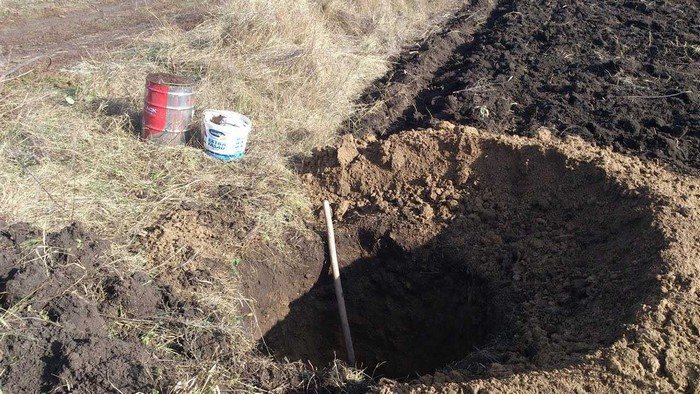
Fertilizer application
Like most other shrubs, sakura needs fertilizer. It is necessary to apply fertilizing during watering, and the composition itself can be purchased at a specialized store. Japanese cherry trees love organic matter, compost and minerals.
Fertilizers must include nitrogen and potassium - without these substances, sakura will not be able to fully develop. The annual fertilizer rate for this shrub is about 10 kg of compost and organic fertilizer and about 15 g of mineral fertilizer.
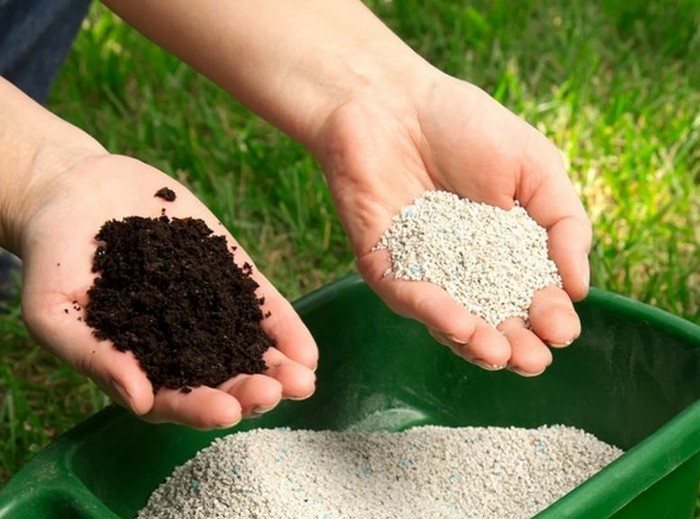
Care and reproduction
Sakura is a rather whimsical plant, planting and caring for which involves a number of procedures.It is necessary to water the shrub as the soil near its roots dries out. It is important to monitor the moisture level and prevent the soil from drying out, especially during the formation of inflorescences. With a lack of moisture, flowering may be weak, and the shrub itself will look poor.
Since the development of this plant occurs slowly, it is recommended to trim the crown only 8–10 years after planting. If some branches have dried out or become diseased, they should be removed at the very beginning of spring. In the middle zone, it is advisable to provide additional shelter for the Japanese cherry so that it can withstand the cold as safely as possible.
Sakura propagates mainly by cuttings. Suitable planting material is cuttings about 15 cm long without mechanical or other damage. You can store them after purchase and before planting in the refrigerator, wrapped in polyethylene. They can be used as a scion; it is recommended to carry out the procedure in late February or early March. Complete adaptation of the culture will occur in about 1.5 months.
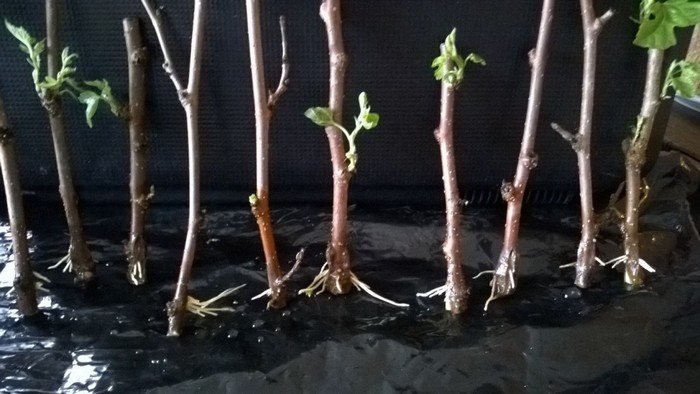
Pests and diseases
Japanese cherry is not affected by pests, but is susceptible to coccomycosis. This is a disease from the fungal family that affects almost all stone fruits. The first sign of infection is the appearance of reddish spots on the leaves, which enlarge and merge over time. The disease is especially severe in cool and humid weather, when the plant’s immunity decreases.
Coccomycosis can only be combated in a comprehensive manner.To overcome the disease, you will need to treat the leaves and stems with chemicals, for example, a 35% solution of Bordeaux mixture. And since the fungus is safely preserved in fallen leaves, they cannot be left for the winter, but rather collected and burned or taken away. It is also necessary to annually sanitize the shrub during bud break.
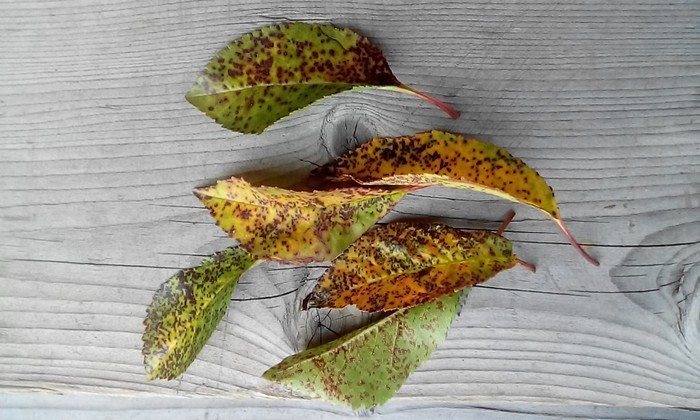
Anyone can grow sakura on their property. To do this, you must follow established rules developed by experienced gardeners. The right approach and care for the plant will allow you to enjoy the result of your work and decorate your garden with an oriental beauty.


